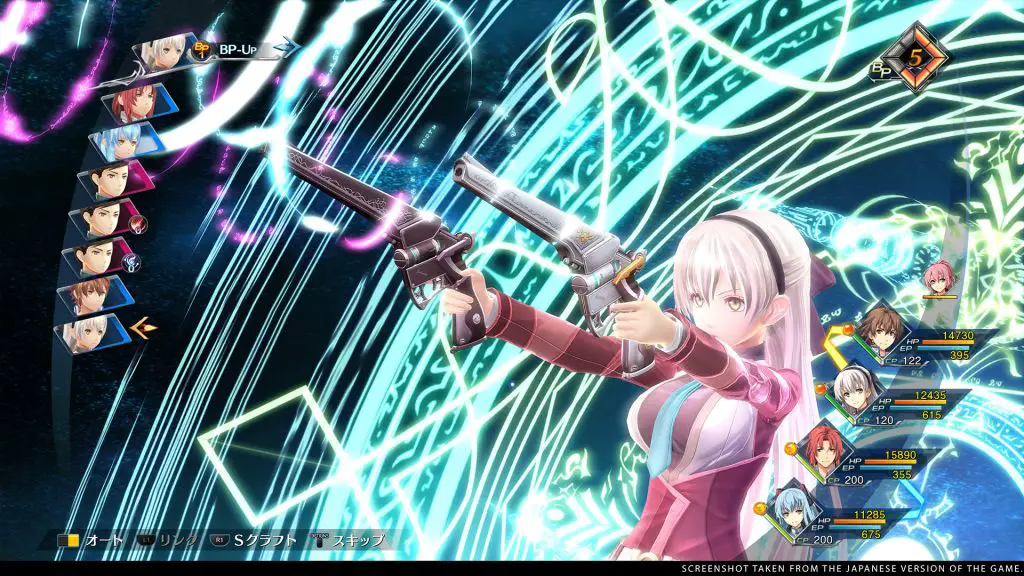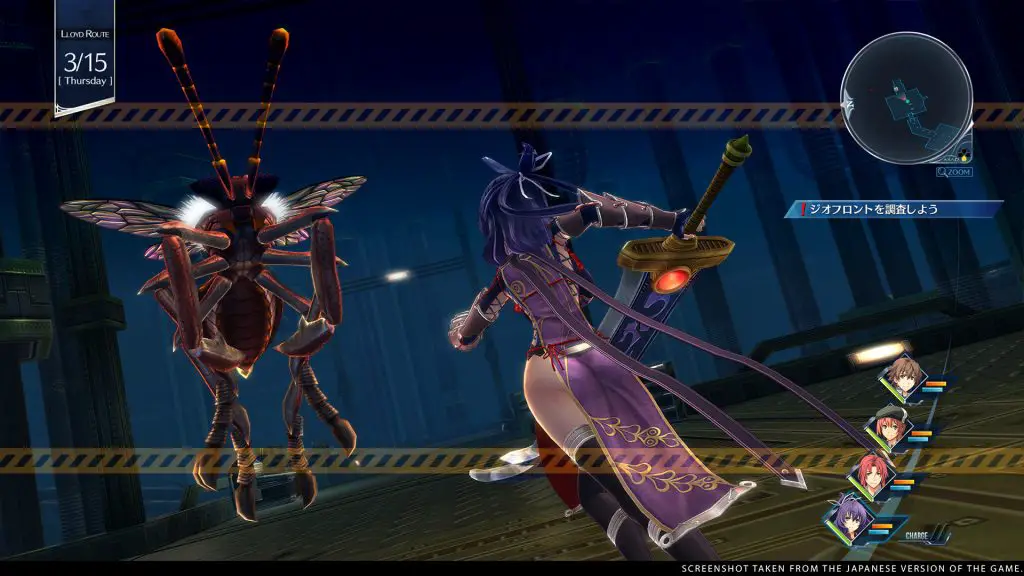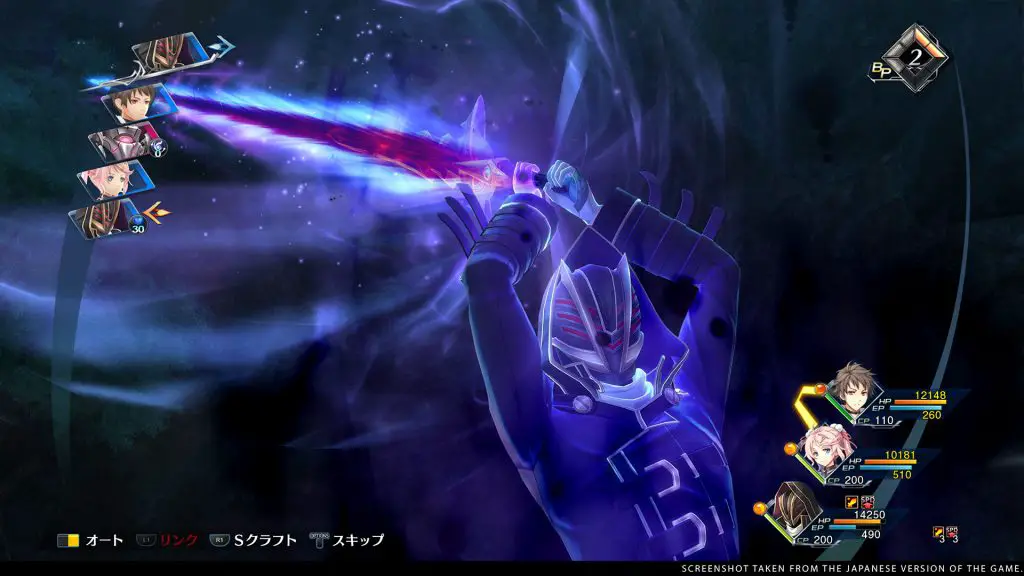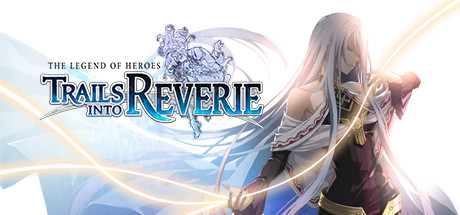There aren’t many RPGs — or games for that fact — that can say each game/spinoff/sub-series has been connected to the one before it in one way or another like it is some movie universe spanning more than decade, unless it is The Legend of Heroes: Trails sub-series which sees the tenth game in the Trails sub-series finally release in the West.
If you thought Cold Steel IV was huge, with characters appearing from other games, then you have yet to see anything, as Reverie has the largest roster to date of characters in the series yet, as well as probably the largest roster for an RPG of its kind.
Story

Taking place directly after the events of Cold Steel IV, Trails into Reverie decides to change things up from the norm and follows three interconnected storylines — two of which act as an epilogue of sorts for their respective arcs. Continuing the arcs from both the Cold Steel and Crossbell arcs, Reverie also introduces a new team and their story to complement the end of the other two and a beginning of a new series.
I am not going to go too much into the story here because it is heavily dependent on whether you have played the other games in the series, mostly the Crossbell and Cold Steel arcs (you could probably get away without playing the Sky arc), not saying you have to play the other games in the series it just makes more sense to at least have some grasp on the series and the more you know, the better with this series.
Luckily the third story is a tad more forgiving as it follows a new team of characters, but this doesn’t really matter as you can’t choose, in a sense, which story to start with; there is some choice with which arc you can play, there are circumstances where you are forced to swap or can’t progress a storyline any further until you complete the others.
Now, before you go thinking this is a bad thing, this is probably the better option for how the game unfolds. Instead of letting players go through each individual storyline, having to fill in the pieces then as they complete the other storylines, the whole going in and out of different storylines actually changes it up and even forces the player to experience a new team every now and then instead of being stuck with the same group for most of the game.
But, there is one problem with this, and that is, not all storylines are equal; some are better than others when viewed from an individual perspective. For instance, I enjoyed my time with Llyod and their friends more than Rean and their friends for two reasons: I have spent more time with Llyod than Rean and sometimes Rean and his team can feel over-encumbered like there are too many characters with too many things going on.
Although the best story had to be C and Friends as it was more grounded, and because there were only the four, I felt like I got to know them better than the other teams without having played the other games in the series to get to know them.
Gameplay

Trails into Reverie plays almost identically to Cold Steel IV; it also looks mostly the same too, as it uses the same engine as that game. Although not everything is the same, as is always the case with these games, once again, the orbment system has seen a new update.
This new update to the combat sees the characters given the Three Musketeers treatment and saying: ‘One for All and All for One’. This new special ability can only be activated when a team has more than five characters in the party. In other words, the four heroes in the current team and any others that are in the reserve slots will then perform an all-out move which can either be an attack, healing or Arts (magic) move.
Like other special moves in the series, we are treated to a small cutscene with all the characters performing the move. What makes this ability even better is it doesn’t use up any CP; all you need to do is wait for it to recharge for it to be useable again and have more than five characters on the team.
Another new gameplay/story feature introduced in Reverie is this sort of training grounds world where Llyod and Rean’s team ends up around Act Two of the story. Here players can unlock additional story scenes that won’t be seen in the story, level up their characters in the tower/dungeon available, which can be changed every time you enter, unlock additional characters only for this area, increasing an already massive, roster and unlock items, costumes, abilities/slots (like reserve slots for your party as you only begin with two reserve slots) and more to aid players in the main game.
Additionally, when your teams enter this world, they automatically forget everything they were doing on the outside or during the main story and vice versa. This area is almost like its own roguelike game, with heroes from the Trails series climbing a tower and fighting enemies. Either you are going to find yourself here a lot or never; it is going to be one or the other.
What I found interesting in Trails into Reverie is that it seems more story-focused this time. What I mean by this is the game seems like it wants the player to progress through the story instead of exploring the world, at least that’s what it felt like for me as I barely found any side quests to complete, mind you I normally go straight for the main quest when playing a game, but even doing that I am bound to find an extra quest or something. However, once again, it does seem, especially at the start, to force you to progress, as some areas are inaccessible to the player.
On an Adventure

While Reverie does seem to be more story-focused than previous entries, there is still a lot of extra content for players to enjoy when not focusing on the main story. Fishing and cooking are back, and there are always side quests and rare monsters to fight for those that explore the world. If you happen to be looking for a speedy adventure, then that is also still available, as you can always speed up the game, and even the cutscenes can be skipped.
Sadly, there is still no rewind function when you accidentally press the L button and speed through a cutscene by accident, which can happen a lot on the Switch. Speaking of the Switch, it performs okay, but there are noticeable slowdowns in certain areas; this goes twice as much when playing on a Lite or in Handheld mode.
If adventuring isn’t your thing, there is always a load of customisation options. Whether it is your weapons, clothes or orbments, there is so much customisation with playstyle and looks. Unless you are like me, then you are going to dread customising all those characters, and there is a lot of them, more than 50 if you need a number.
Summary
Trails to Revere is not a kind game to newcomers. If you want to start this series, there is a lot to learn. Whether it is the story, the ornament system, or anything else, you might find yourself reading, rereading, and rereading to get your head around everything. On the other hand, if you are someone that has played all the games or even a few of them, there is just so much here that will please you. Whether it is all the characters from other games, the end to two arcs, or a beginning of a new one, Trails to Reverie is one for the fans, and it is another great addition to the series.
Legend of Heroes: Trails Into Reverie releases for PC, NA/EU Switch and NA/EU PS4/5 platforms on July 7 and July 14 for ANZ Switch and PS4/5 platforms. NIS America provided a code for review purposes.









